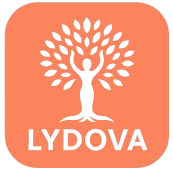A medical abortion is the most common method for ending an early pregnancy. It is safe, widely used, and carried out with support from healthcare professionals. Many young people choose this method because it can be done partly at home and does not involve surgery. You receive clear instructions, pain relief and information about when to contact healthcare.
A medical abortion normally happens in two steps. At the clinic, you talk with a nurse or doctor about how far the pregnancy has come, your health, and what to expect. An ultrasound may be done to confirm the length of the pregnancy. These conversations are calm and respectful, and you can ask as many questions as you want.
The first tablet is taken at the clinic. It stops the pregnancy from developing. Most people feel normal afterwards, though some experience mild nausea or cramping. You can usually go home soon after.
One to two days later comes the second step. You take additional tablets either at home or at the clinic, depending on what feels safest. These tablets help the uterus empty itself. This part often feels like a heavy period, with cramping and bleeding. Healthcare provides pain relief options, and you are told which symptoms are normal and when you should contact a clinic.
Bleeding usually continues like a period for a few days and then becomes lighter. Many can go to school the next day, while others prefer to rest. Emotional reactions vary: some feel relief, others feel sadness or a mix. All feelings are normal, and support is available.
A follow-up is done a few weeks later with a pregnancy test or a check-in at the clinic. You can also talk about contraception if you want. Staff help you find a method that suits your body and everyday life.
A medical abortion is safe, confidential and designed to support you through the whole process.
